Scientists Reveal 280-Million-Year-Old Fossil is a Forgery
Scientists have conducted a new study on a 280-million-year-old fossil of a well-preserved reptile, revealing that it is likely a forgery.
The fossilized remains of the ancient reptile were discovered less than a century ago, complete with soft tissue, which was considered an extremely rare find during the era. Now, researchers propose the specimen may be nothing more than black paint on bones.
The Emergence of Reptiles
Reptiles first emerged on Earth during the Permian and Carboniferous era, beginning around 320 million years ago.
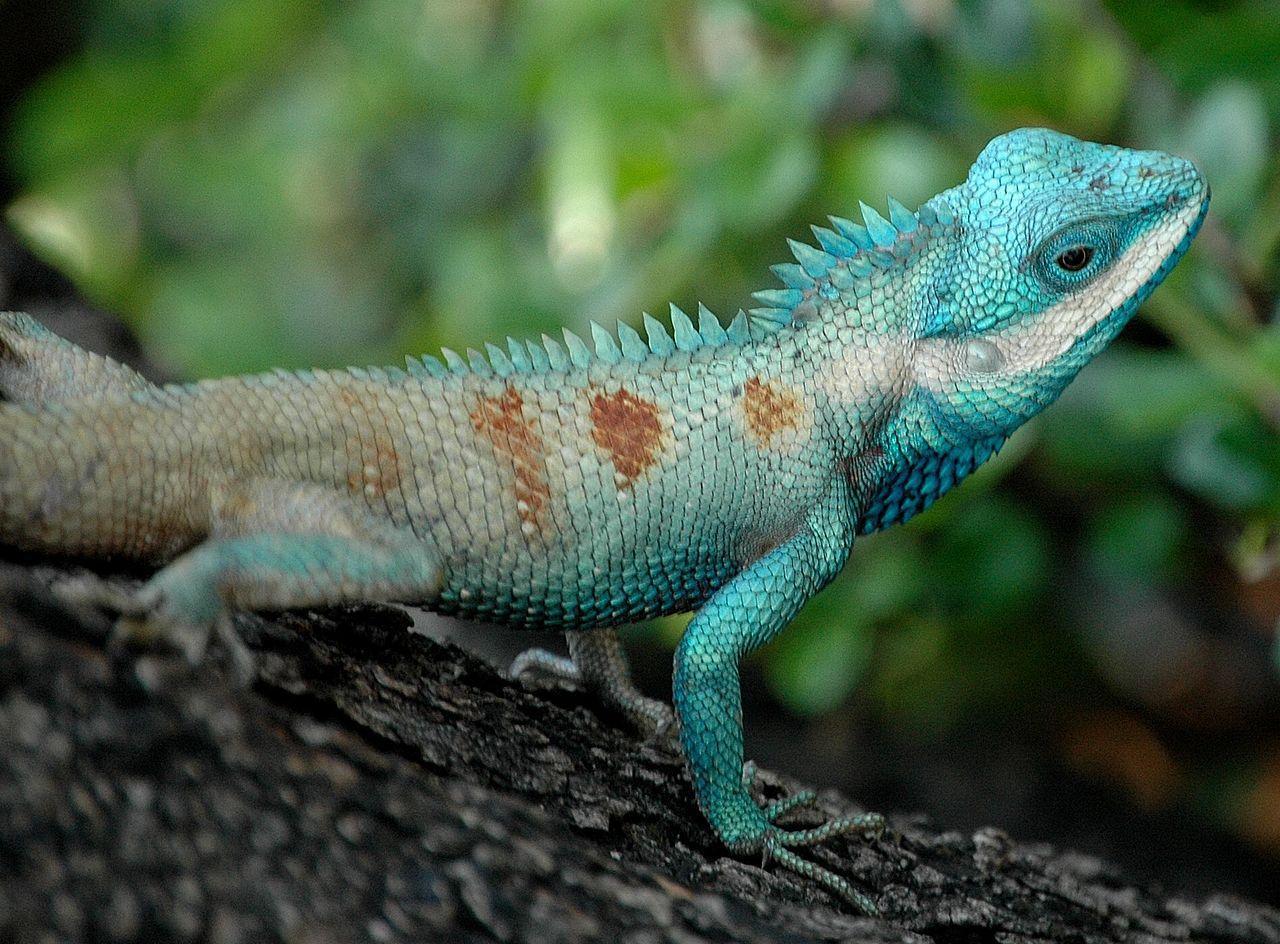
Source: Wikimedia
To gain a deeper understanding of ancient reptiles, researchers have meticulously studied thousands of fossils. Despite their work, the diversity of the earliest members of this species is a puzzle scientists are still attempting to solve.
The Hunt for Fossils With Soft Tissue
While the fossilized remains of reptiles can shed considerable insight into the species’ history, what’s even better is the remains of soft tissue, which posses vital biological information such as DNA. Unfortunately, this is extremely rare.
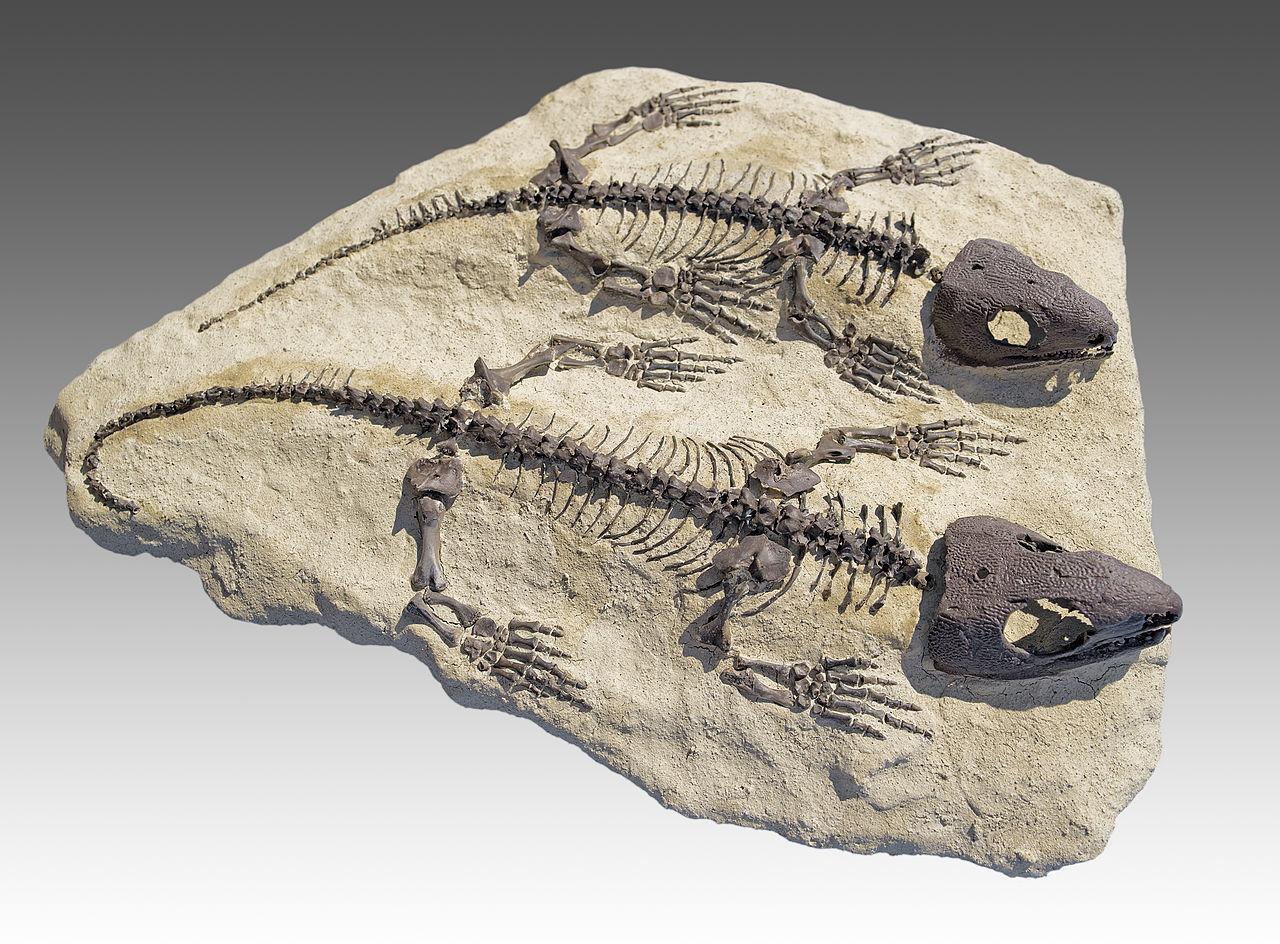
Source: Wikimedia
Over the years, examples of fossils with soft tissue have been reported. One of the most famous was unearthed in the Italian Alps in 1931.
The Discovery of the Specimen in the Alps
The specimen discovered in the Alps was given the scientific name Tridentinosaurus antiques. It was a small lizard-like animal with a dark outline that researchers of the era proposed was preserved soft tissue. Researchers theorized the fossil was around 280 million years old.

Source: Wikimedia
Despite appearing in several academic articles over the past century, no scientist ever studied the fossil in detail. As the years went on, several researchers began questioning the nature of the reptile as it proved difficult to match it with a similar species.
Researchers Conduct Study on Ancient Italian Fossil
At the beginning of the year, a team of researchers finally conducted an in-depth analysis of the fossil housed at the University of Padua’s Museum of Nature and Humankind in Italy. What they found was genuinely shocking.

Source: Freepik
The dark color of the fossil, previously theorized to be soft tissue, was nothing more than black paint covering a small number of bones and a partially carved rock.
Study’s Lead Author Speaks on the Italian Forgery
According to the lead author of the new study, Dr. Valentina Rossi, “The body outline of this fossil specimen has the same color of genuine fossilized soft tissues of plants and also animals.”

Source: Wikimedia
She added, “So, without the use of diagnostic techniques, it was impossible to identify the dark-colored material properly.”
20th Century Forgery
Despite the initial theory that the fossil might eventually provide researchers with valuable insight into the evolution of reptiles, the researchers explained that it was nothing more than a 20th-century forgery.

Source: Freepik
“The fossil was believed to be unique because there were no other examples from the same geographical area and geological period of that preservation in a fossil vertebrate at the time,” Rossi said.
Early Researchers Fail to Identify the Fossil as a Fake
There were several reasons why the scientists who had previously examined the fossil failed to recognize it as a fake. One was the black color of the tissue, which was eerily similar to fossil plants found in similar rocks.

Source: Freepik
However, there are also certain oddities that may have been overlooked including the lack of visible bones including those that make up the skull, explained Rossi.
Researchers Compared the Fossil to Mummified Dinosaurs
According to Rossi, during the initial examination of the fossil in the 20th century, researchers assumed the bones were likely hidden deep beneath the layer of skin; thus, they were not visible.
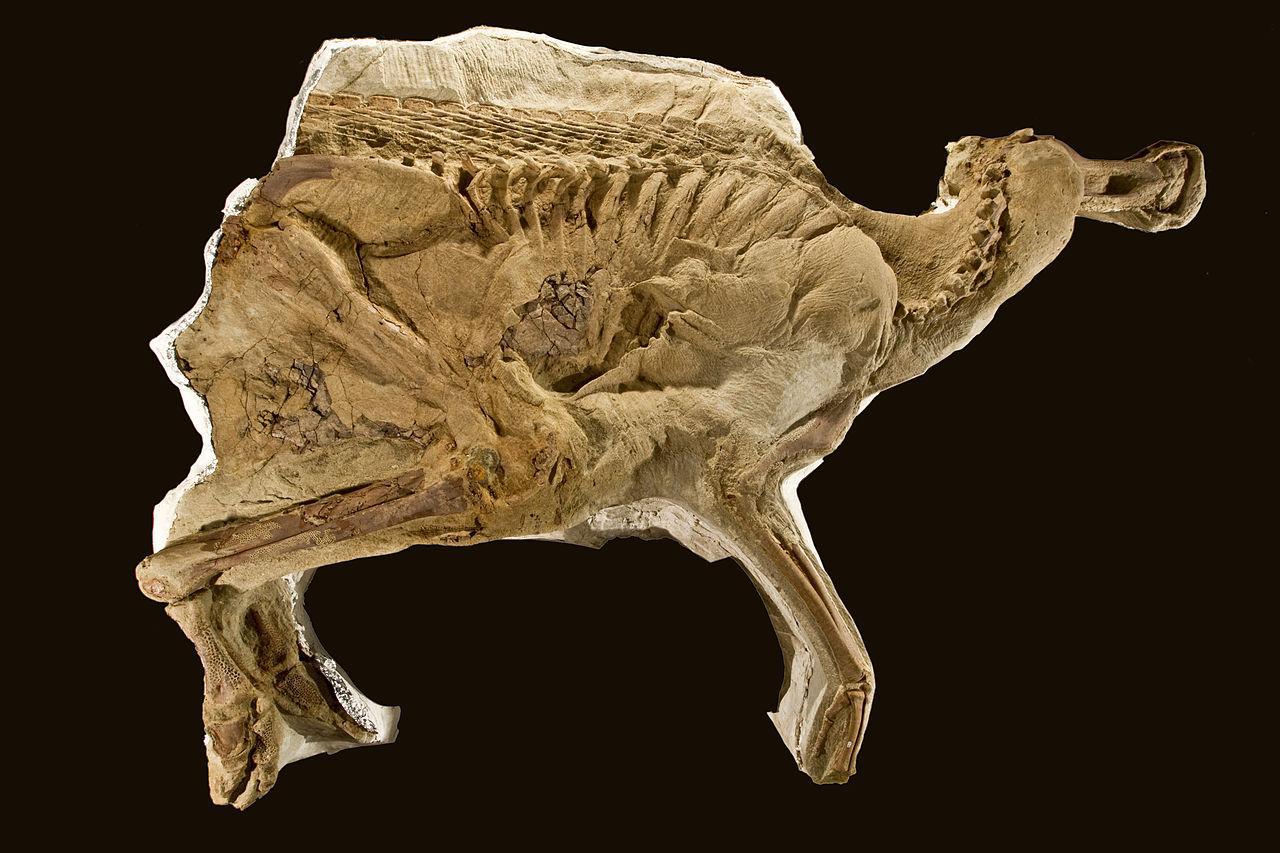
Source: Wikimedia
She added, “There are few examples of dinosaur mummies, where pretty much like human mummies, the bones are still wrapped inside the skin which is preserved in 3D.”
Researchers Began Analyzing the Fossils in 2021
Rossi and her colleagues began their initial study three years ago by examining the Italian fossil using ultraviolet photographs, revealing that the specimen was coated in an unknown thick substance.
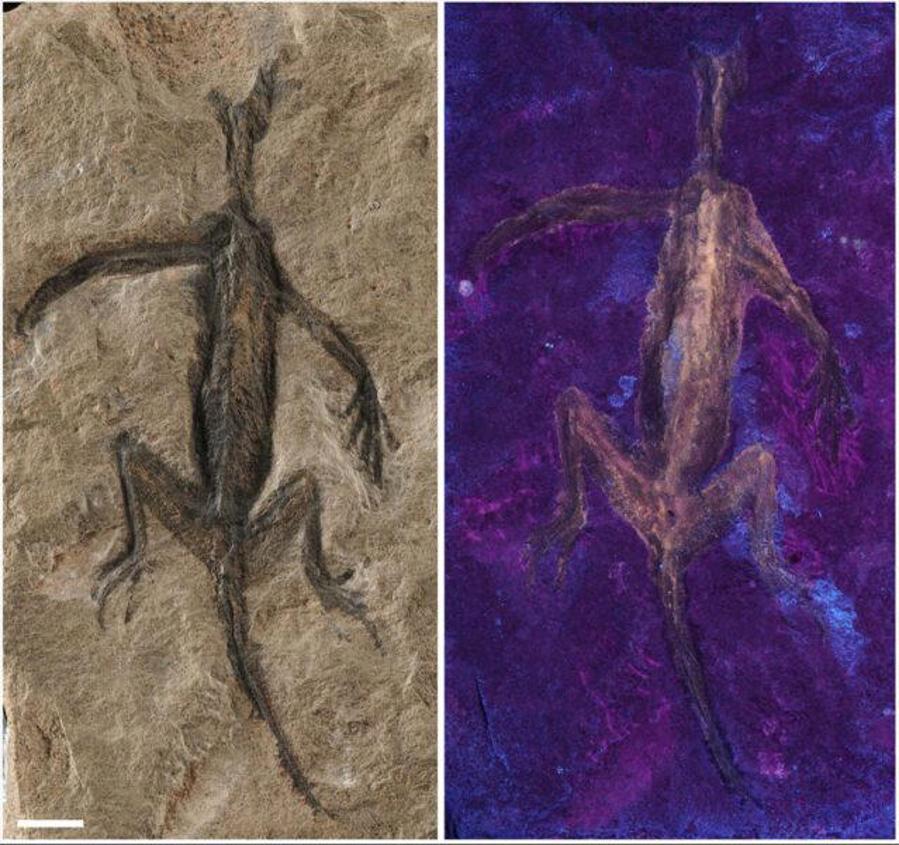
Source: Valentina Rossi
“Coating fossils with varnish is an ancient method of preservation because, in the past, there were no other suitable methods to protect fossils from natural decay,” said study co-author Mariagabriella Fornasiero, curator of paleontology at the Museum of Nature and Humankind, in a statement.
The Fossil Was Covered in a Pigment Made From Charred Animal Bones
In response, the team of scientists decided to use a powerful microscope to examine the example. What they discovered was that the fossil was painted with “animal charcoal.” This pigment was popular over a century ago and was made using the charred remains of animal bones.

Source: Wikimedia
“The answer to all our questions was right in front of us; we had to study this fossil specimen in detail to reveal its secrets — even those that perhaps we did not want to know,” Rossi said.
Not the Oldest Mummy in the World
While the researchers were slightly upset with the nature of their results, they admit it makes sense why the fossil baffled scientists for nearly a century.
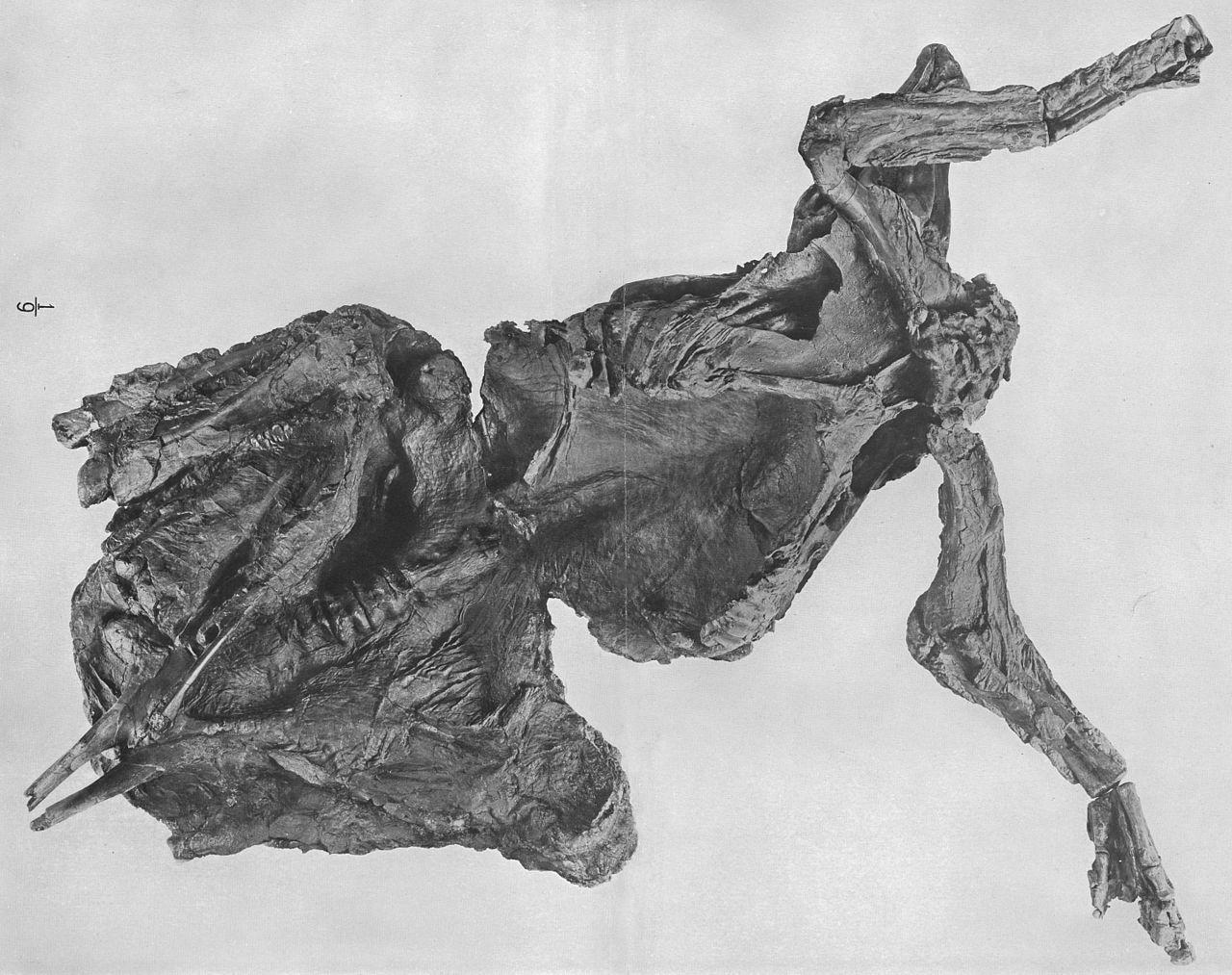
Source: Wikimedia
Study co-author Evelyn Kustatscher, curator of paleontology at the South Tyrol Nature Museum in Bolzano, explains their research suggests that the Italian fossil “is not the oldest mummy in the world.”
